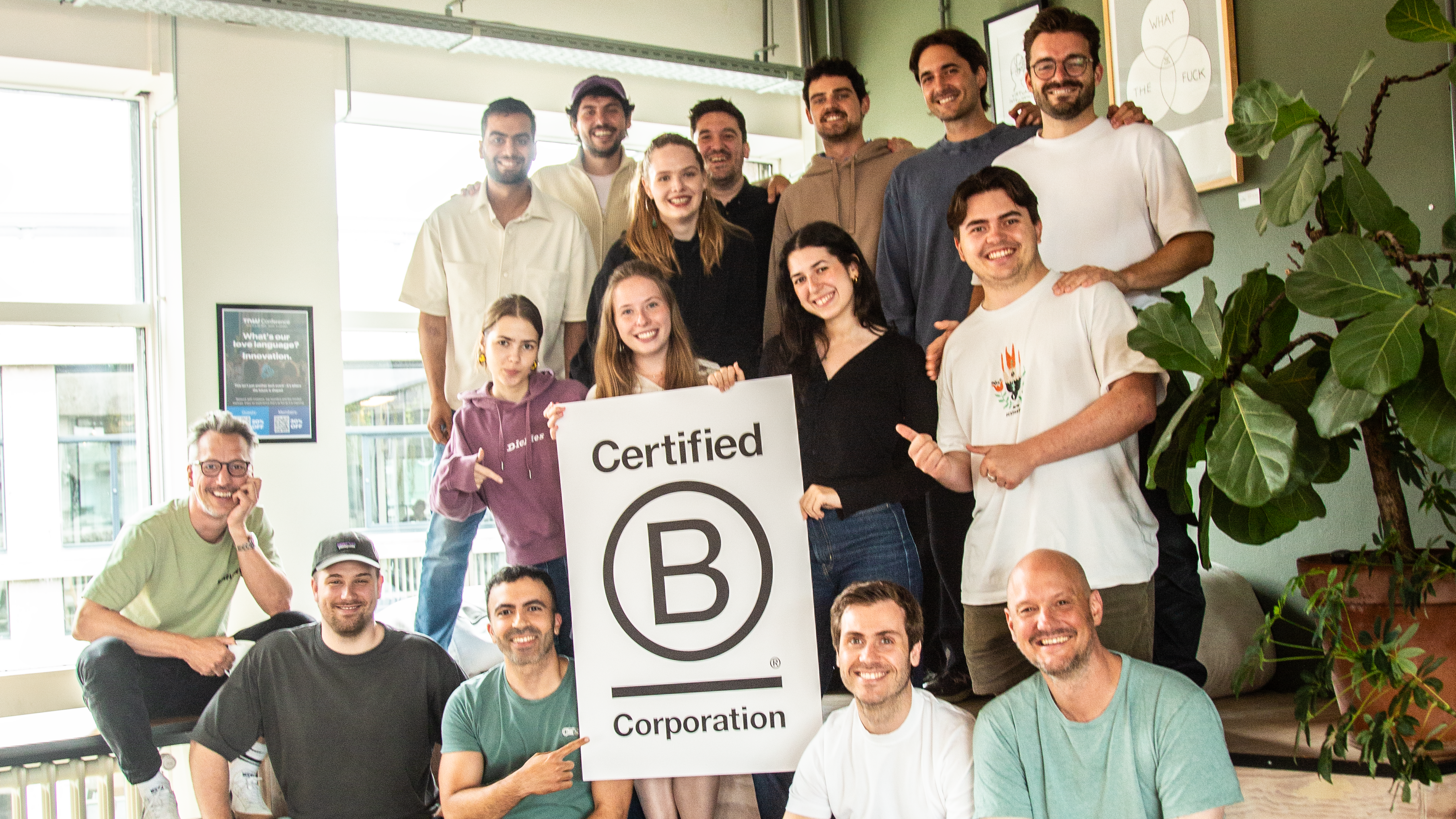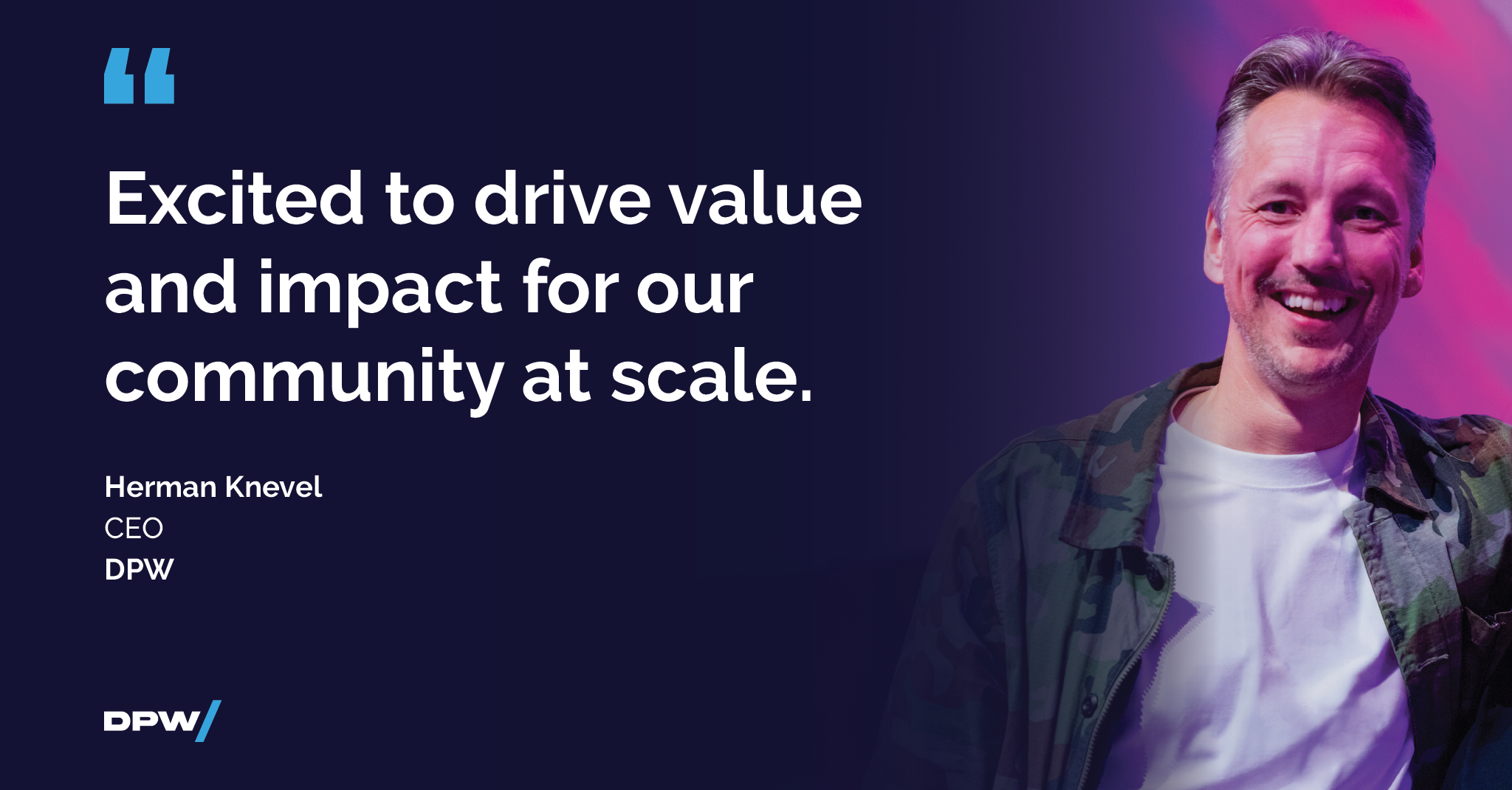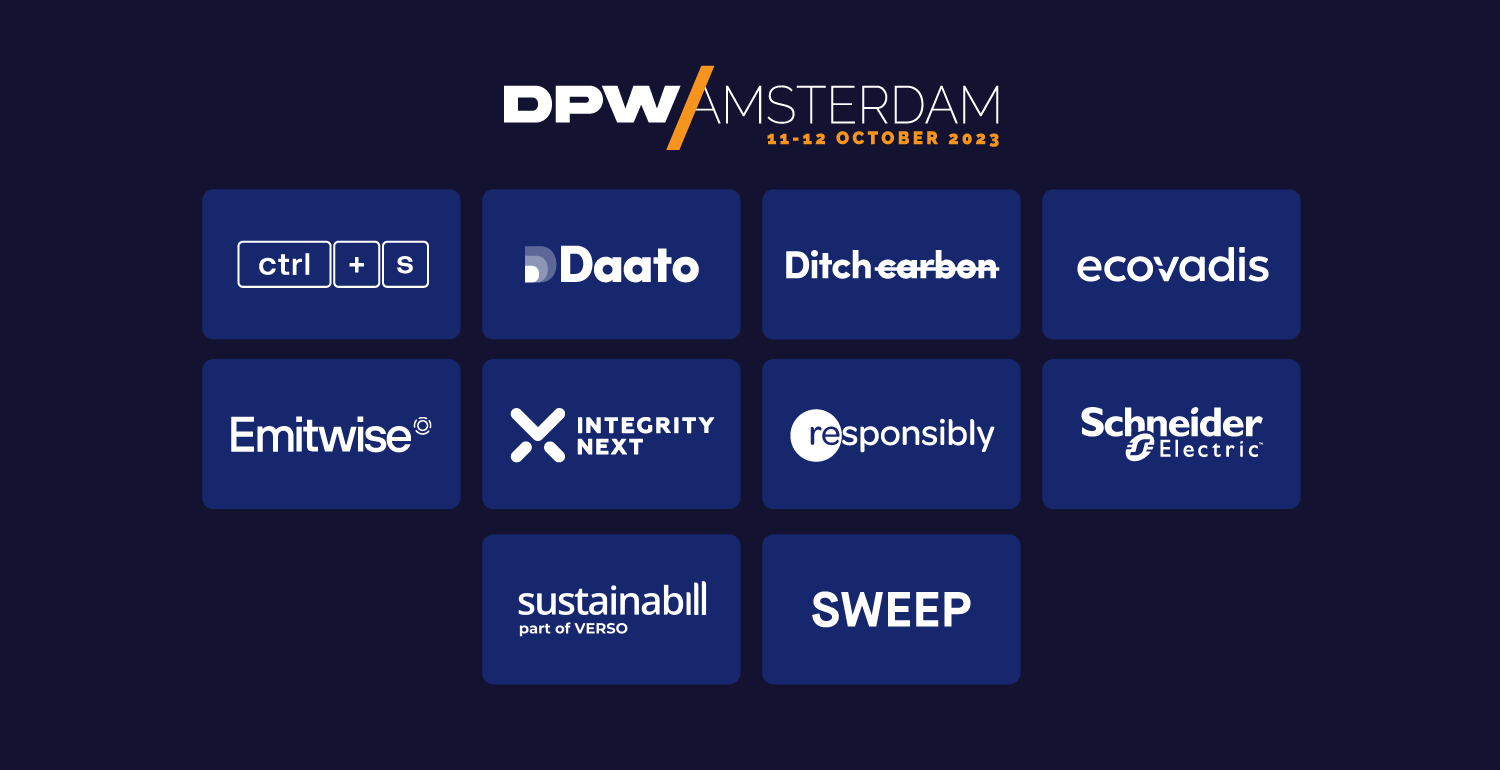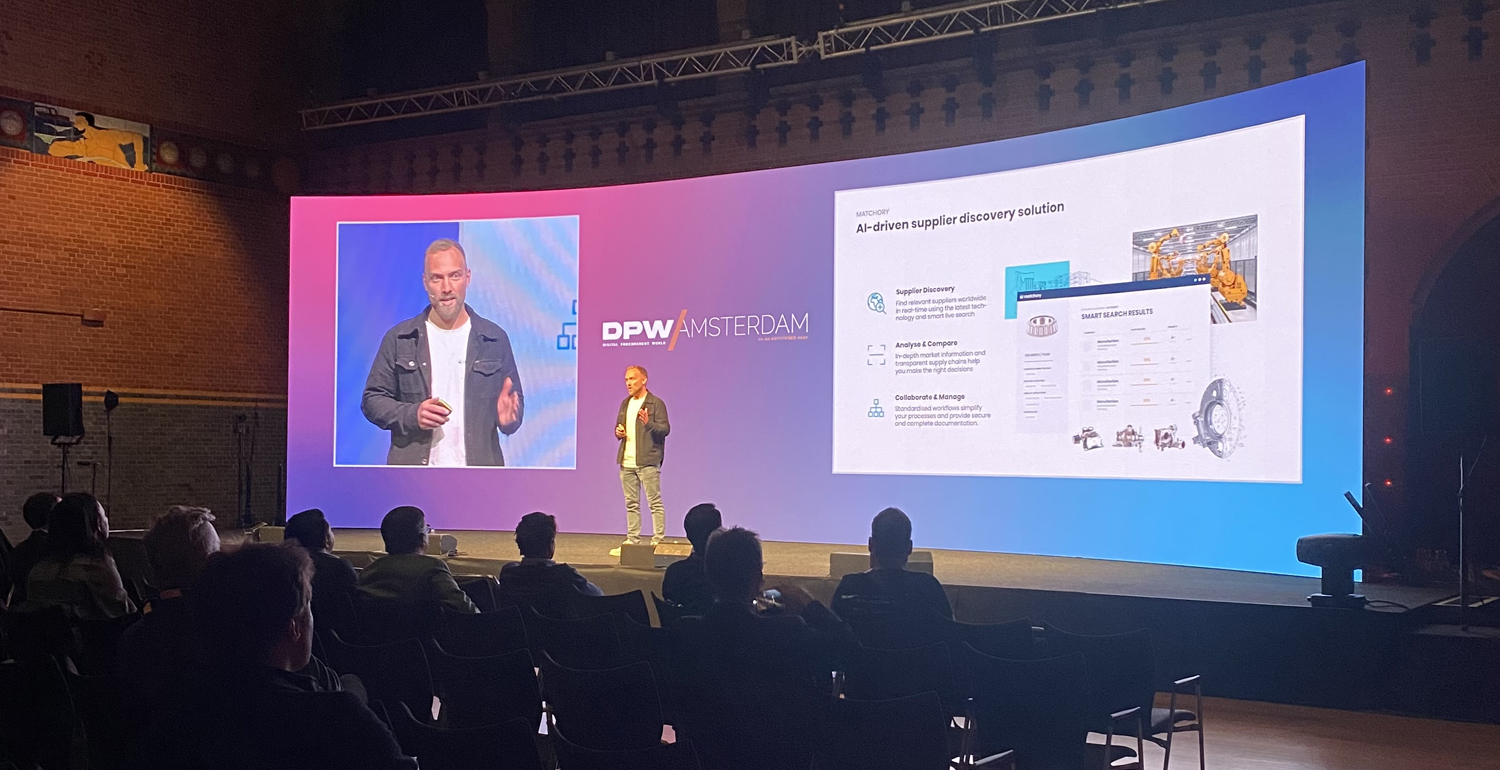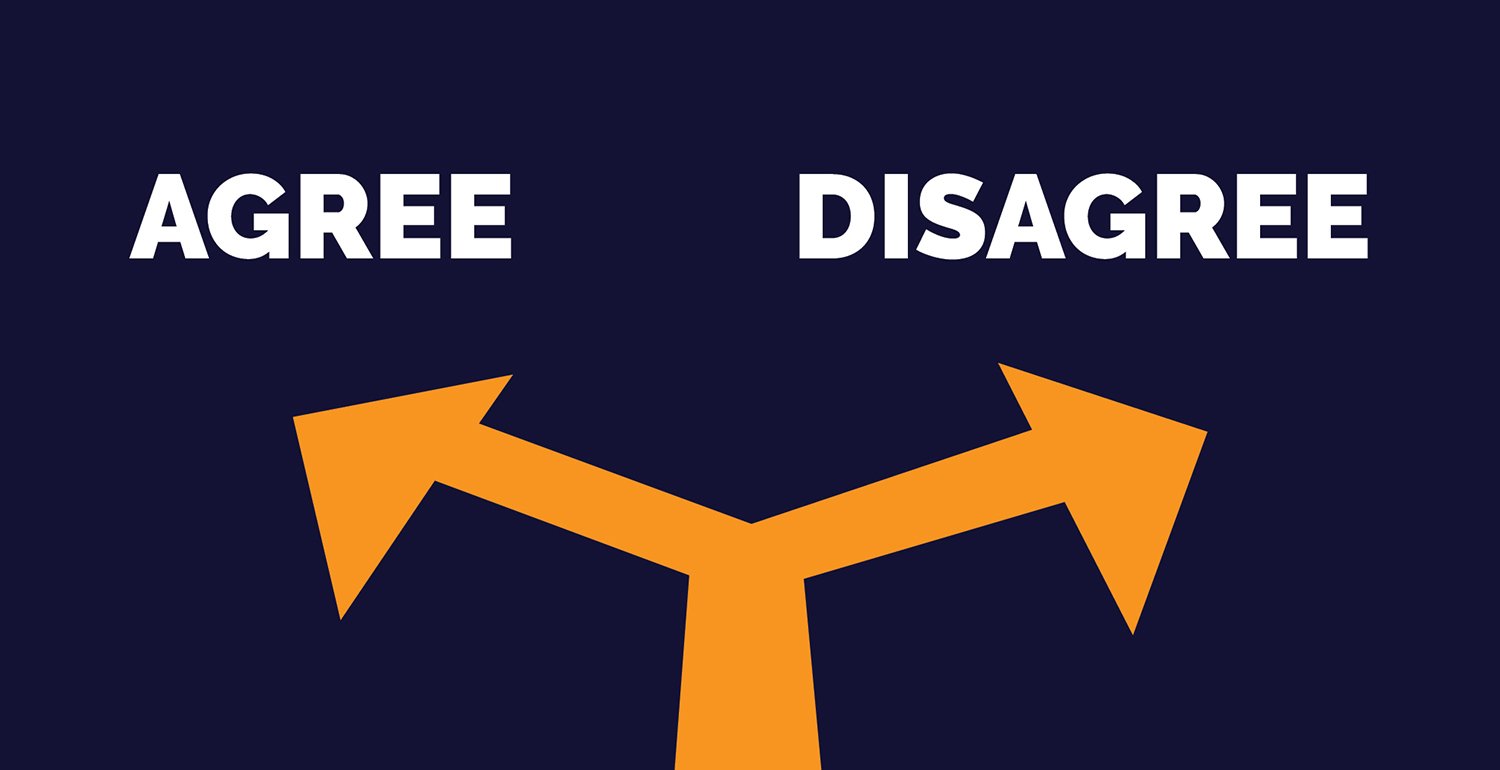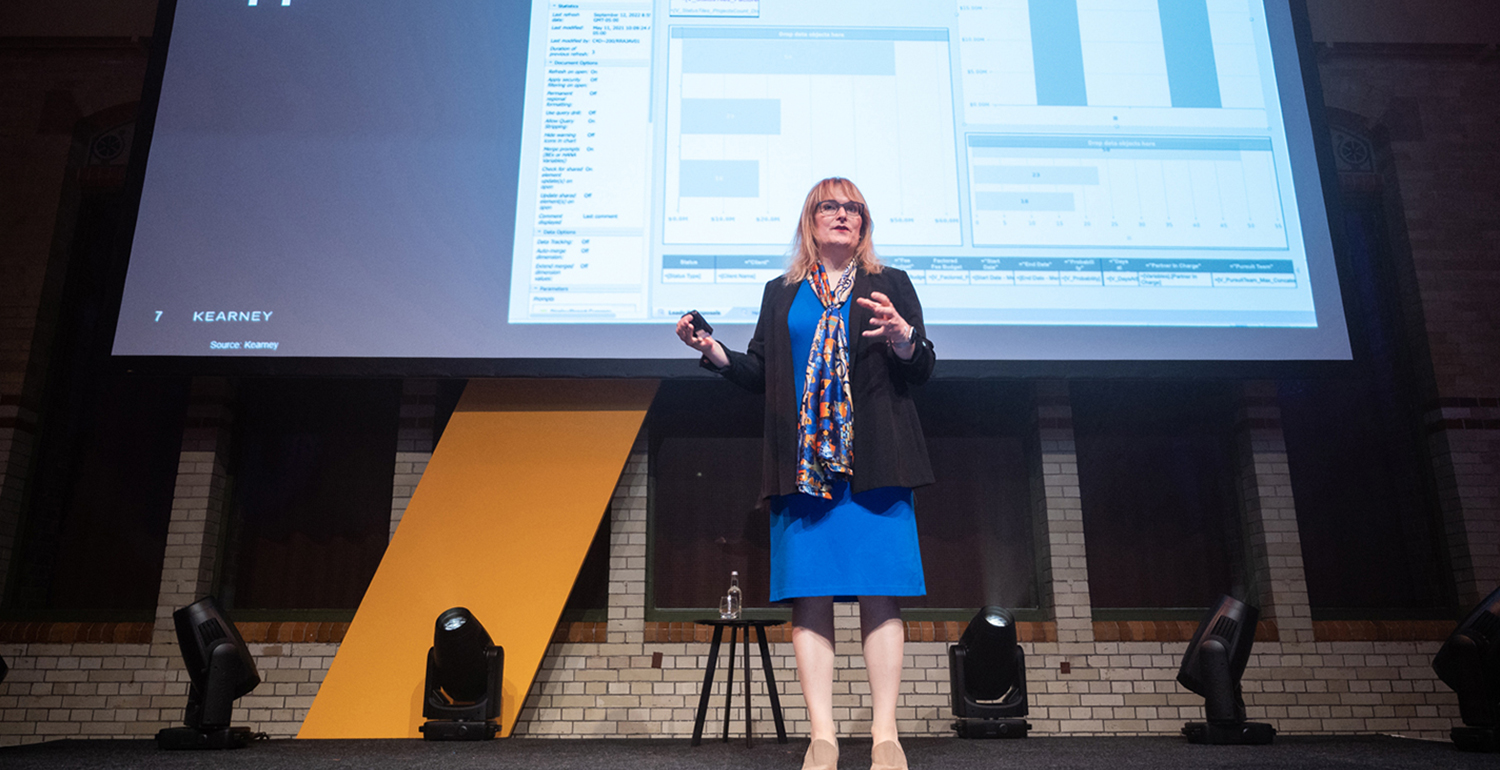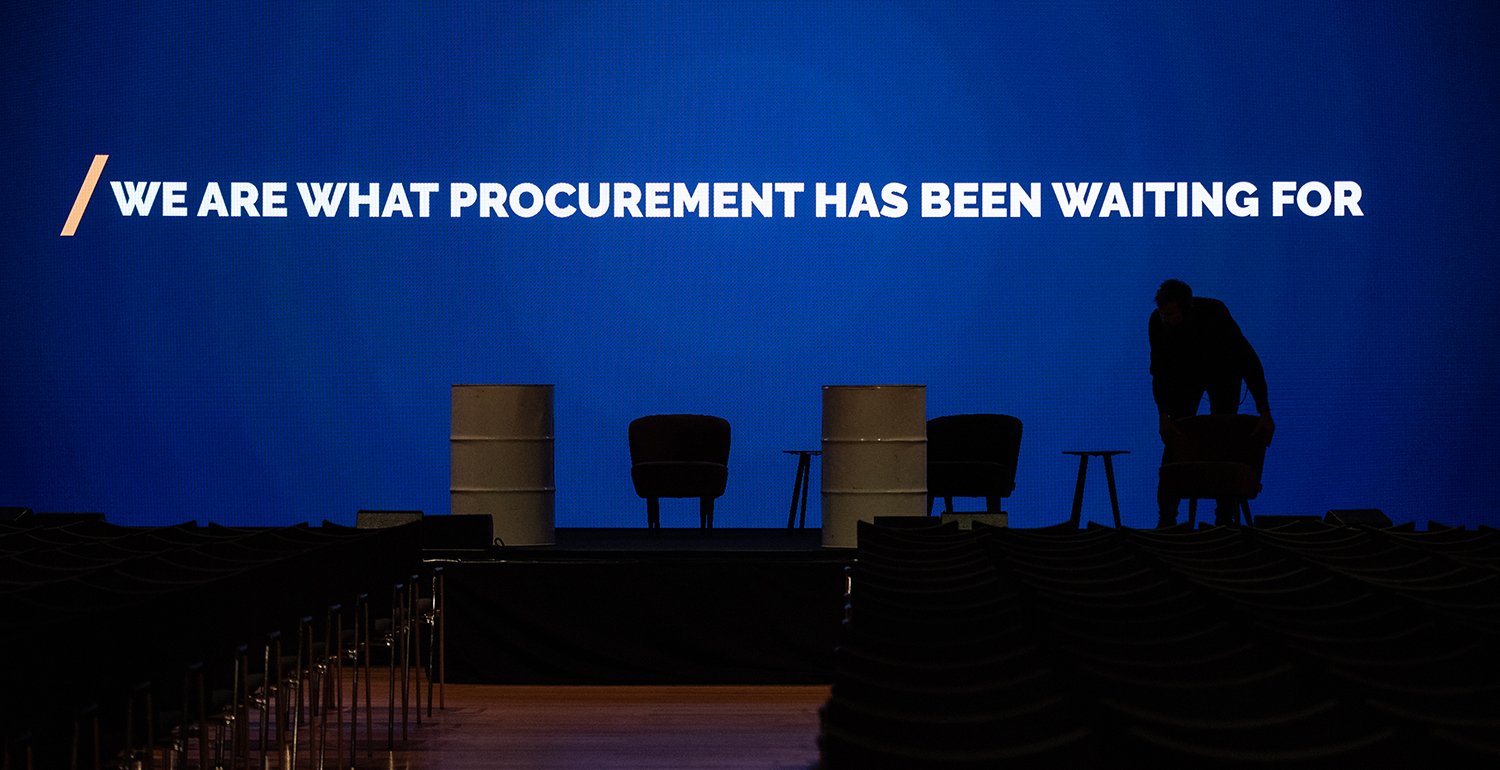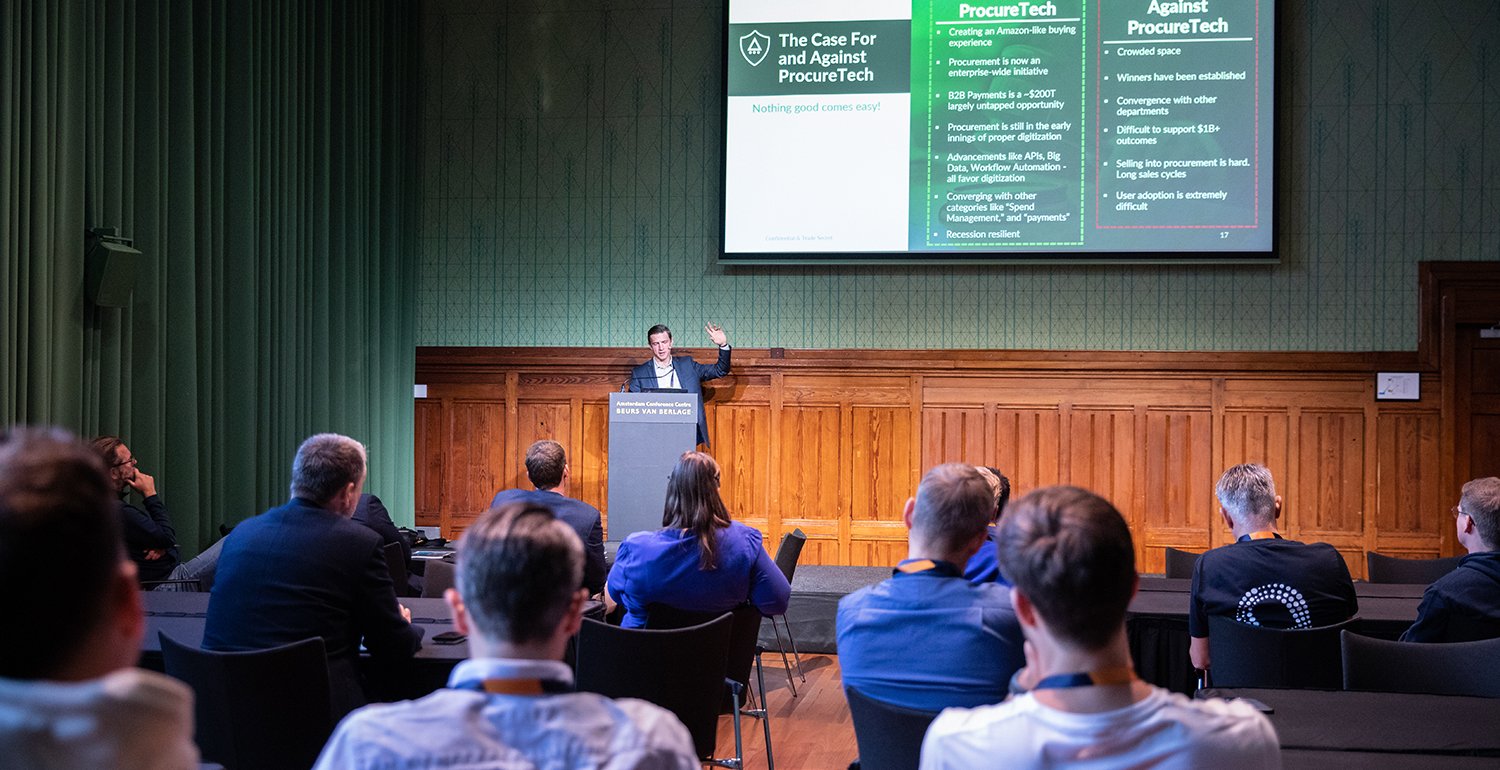
#1: You can’t collaborate & innovate doing SRM
SRM is not the same as collaborating with strategic suppliers – one of the big misconceptions in the world of procurement today. SRM is procurement-led and about “managing” the supplier, mostly around short-term performance metrics. It is uni-directional and ‘done to the supplier’. Supplier collaboration is a business strategy, and therefore, business driven. It’s multi-directional and ‘done with the supplier’ in an environment of trust and transparency. SRM is a stepping stone on the way to Supplier Collaboration & Innovation.|
“Supplier Collaboration & Innovation (SC&I) is an enterprise approach focused on driving business speed and growth through managing the extended innovation network.”
#2: Collaboration comes before Innovation
Innovation and collaboration cannot exist without each other’s support. The focus should be on introducing collaborative ways of working first. The key here is to create internal alignment and a collaborative mindset and culture throughout each part of the company involved in the project, and that includes functions such as R&D and logistics. Externally, suppliers won’t fully take part unless there’s something in it for them, so aim for two-way benefits from the get-go.
#3: The program needs to support business objectives
Collaboration needs to be clearly targeted to desired business outcomes. McKinsey identified three types of supplier collaboration programs. Each meets different business objectives and requires varying levels of expertise to execute.
-
Collaboration to improve Total Cost of Ownership.
Focuses on cutting costs for both the company and the supplier, but beyond traditional sourcing levers.
Example: Negotiations are based on full transparency into costs, with healthy margins and growth guaranteed for both parties. -
Collaboration to increase value beyond savings.
Focuses on improving safety or the quality of products, develop additional sources of supply for a component, or work with a supplier on lean improvements. Example: A major oil company collaborating with an upstream drilling services provider to contain the cost and time of capital projects. -
Collaboration to drive innovation.
Focuses on improving the pace and quality of product or process innovation. It creates value in areas like design, speed-to-market, and consumer insights. This form of collaboration requires the most time, money, and trust.
#4: A dedicated team is necessary to make it work
Most companies favor SC&I as a standalone unit within procurement as opposed to embed it into strategic sourcing or category management. An operating model that is proven to work for companies is to have Supplier Account Management at the center linked into Category Management and the SC&I team. Supplier Account Management is co-owned by all functions and, depending on the business needs, is involved at every stage of the partnership lifecycle, with permanent or ad-hoc members being part of the team. In order to pull this off, we recommend to start off with one person who focuses on the collaboration projects, and who collaboratively works with the business, the suppliers and the wider procurement team.
#5: Start small, scale up
Building momentum at the beginning with small wins is important to gain internal credibility but also to learn about what it is you don’t know. Start with one unmet or desired business need or opportunity and with 6-10 (current and/or new) suppliers who can generate the expected benefits if the efforts were successful. The pipeline of projects (opportunities created) is what draws the ongoing engagement from the business, and keeps them excited, as they care about the outcome.
#6: Measuring success is critical
Measuring the program is critical to success. The absolute measure and goal in a mutually beneficial customer-supplier relationship is to create competitive advantage for both parties. Depending on the goals of the program, measures can be around the growth in sales and profit generated. If the program is looking to reduce time to market, time to profit needs to be measured. If the company is looking to improve quality in the manufacturing process, the increase of quality or the cost of quality need to be measured. If you measure R&D outcomes, productivity and ultimately revenue growth should be the measures.
#7: Procurement is at an inflection point
The risk of becoming irrelevant and even extinct is real in many established companies and industries, and we were reminded of this by the dinosaur skeleton in the lobby of the Novartis meeting center. By relying on the existing procurement professional’s playbook and outdated paradigms, you shouldn’t expect any innovation. It’s just more of the same. Time to ask different questions, listen to different voices, and enrich your ecosystem.
Matthias Gutzmann is the founder of Digital Procurement World










